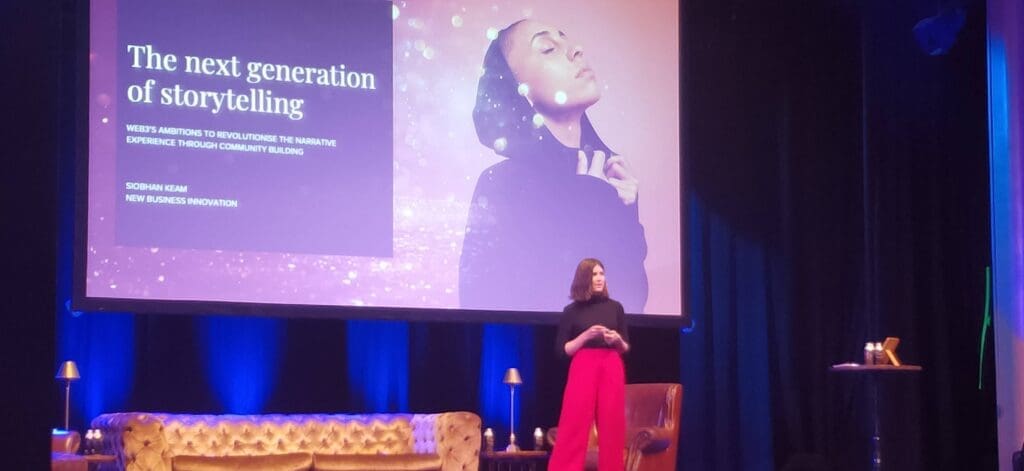I’ve talked about IngramSpark, Amazon and Reedsy, but never reviewed Blurb. With image-rich books as a point of difference, Blurb book publishing has two parts: one for the hobbyist putting their photos into a book for the family treasure chest, and the other for offering colour trade books. This post contains affiliate links and if you click on them, we may get a commission from the company out of what you paid.
To be fair, the hardback, gloss paper photo book option is also useful for designers and photographers to showcase their work.
Make sure you use the “au” site if Australian, e.g. au.blurb.com. Once registered and logged in, you can choose ‘personal’ or ‘business’ and fill out your author details.
Looks to me like Product Reviews aren’t what they should be, with a 2.8* out of 5 on average. One girl received four blank books due to design problems (still gave them a 3 star). Hobbyists only.

Have to see it for yourself? You’ll want to read the Trade Books Sell & Distribute page. There, it tells you about how your created book can be sold, on your authority, through Ingram’s huge distribution network. This network is a way to get into independent stores, if taking all the right steps. IngramSpark offers the same.
Blurb’s Main Features

Having the helper design tools is a plus for self-publishers because they don’t necessarily need to learn Adobe InDesign for a full-page-layout book. Instead, the home publisher can use the BookWright program, which is freely available at Blurb.
It has the usual print proof option, print on demand, print to order, and sales analytics tools. Unlike IngramSpark, you can have a ‘sales page’ housed at Blurb to sell your book via the social web.
Oddly, at Blurb you could also sell on Amazon but with a $1.35 set listing fee per book + 15% of list price. So, it is a toss-up whether it would be better or worse than going to KDP and uploading your book there. Once you make Au$30, if selecting AU dollars, you can be paid for Amazon sales that month, which is slightly easier to make than the $100 threshold direct at Amazon.
A benefit is you can elect to print in a volume (e.g. 100) and have Amazon store that book ready for sale. This would (ideally) avoid that off-putting ‘your book is 15 days delivery’, or horror: ‘your book is not in stock’ — which sometimes happens.
Using Blurb’s estimating tools is a great idea for any author wholesale book ‘price shopping’.
Those without the funds and with charity in mind can utilise the Kickstarter + Blurb feature. As they offer high-selling Kickstarters the Offset Printing option, this is better for books about to sell 1,000+ copies, as offset printing is a ‘mass’ style of printing that becomes economical with those sort of numbers (but don’t quote me on that, as it’s based on my past).
Crowdfunding is viable for those with a cause and a good knowledge of social marketing. Wallflowers need not apply!
This review of Blurb book publishing is provided free by Jennifer Lancaster, writing coach and indie publishing trainer.








